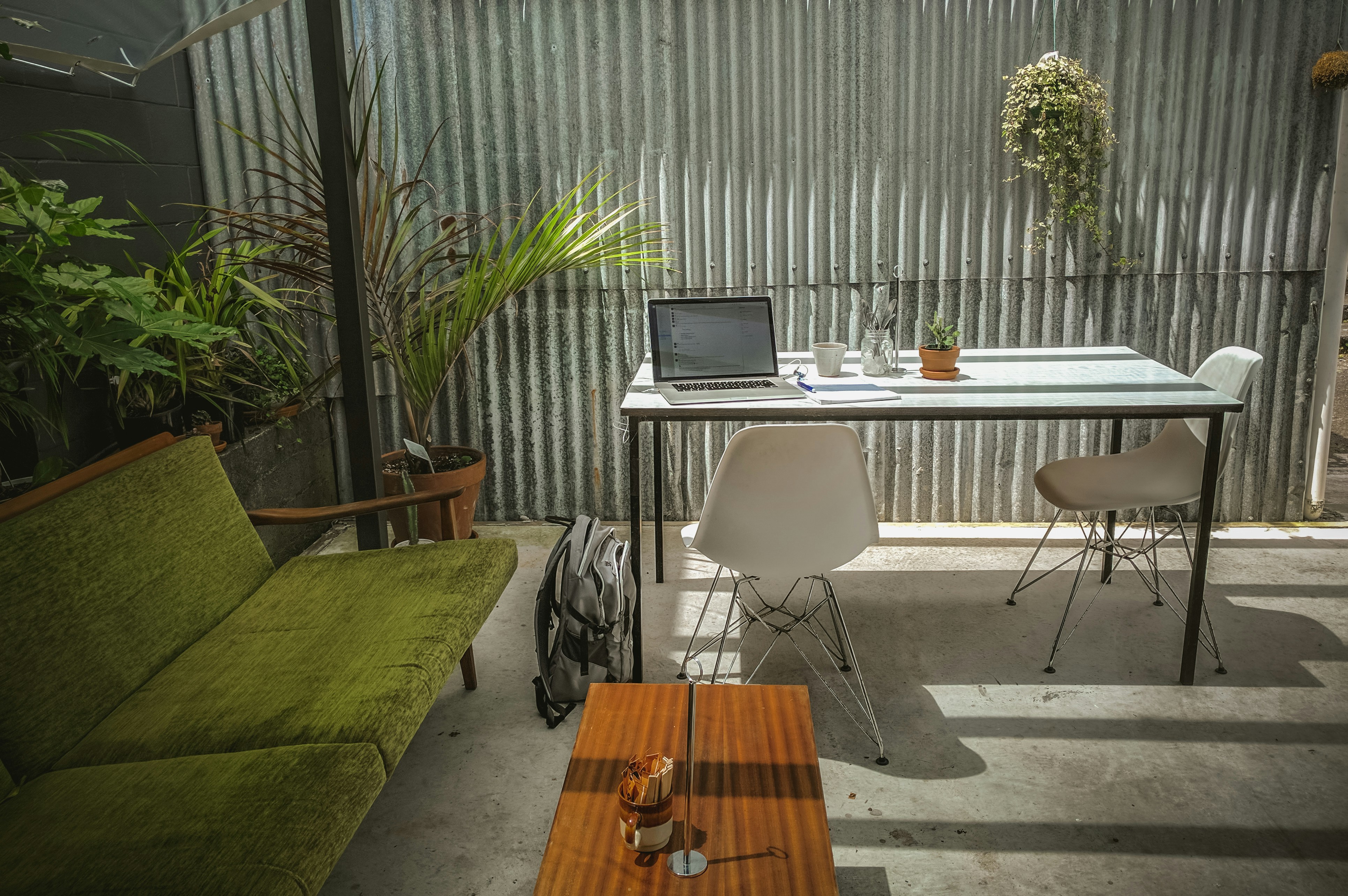"Discovering the Sophistication of Transitional Design in Home Interiors"
Introduction: Step into a world where traditional and contemporary design elements coalesce, creating a timeless aesthetic that's all about balance and harmony. Welcome to the intriguing realm of transitional design—an emerging trend that's catching the fancy of homeowners and designers alike.

Delving into the Roots of Transitional Design
Transitional design is a unique blend of traditional and modern decor styles. It emerged in the early 2000s as homeowners started seeking a middle ground between the timeless elegance of traditional design and the simplicity and clean lines of contemporary design. It borrows elements from both styles to create a balanced, harmonious look that feels both classic and current.
The Current Surge of Transitional Design
Modern homes are increasingly embracing transitional design for its versatility and timeless appeal. Its key elements include a neutral color palette, simple yet sophisticated furnishings, minimalistic decor, and a harmonious blend of modern and traditional design elements. The result is a stylish, inviting space that feels both comforting and contemporary.
Unpacking the Practicality and Market Trends
Transitional design stands out for its practicality. It allows homeowners to create a unique, personalized space by blending their favorite elements from different styles. Its versatile nature also makes it a cost-effective choice, as it allows for gradual updates and changes over time. Market trends indicate a growing preference for transitional design, with its popularity rising rapidly in the home decor and real estate sectors.
How Transitional Design Enhances Daily Living
The beauty of transitional design lies in its ability to create a serene, balanced space that promotes relaxation and wellbeing. By combining the warmth of traditional design with the simplicity of modern design, it creates a calming, clutter-free environment that’s perfect for today’s fast-paced lifestyles. It also provides a neutral backdrop that allows homeowners to change their decor as per their mood, season, or the latest trends.
The Art of Achieving the Transitional Look
Creating a transitional look involves striking the right balance between traditional and contemporary elements. Start with a neutral base, then add layers of texture and subtle patterns to add depth and interest. Furniture should be simple yet comfortable, with clean lines and a lack of ornamentation. Finally, remember that less is more—avoid clutter and keep accessories to a minimum to maintain the clean, streamlined look that’s characteristic of transitional design.
In the ever-evolving world of home decor, transitional design stands out for its timeless appeal, versatility, and practicality. As we continue to seek balance in our lives, it’s no surprise that this balanced, harmonious design style is capturing hearts and homes worldwide.




